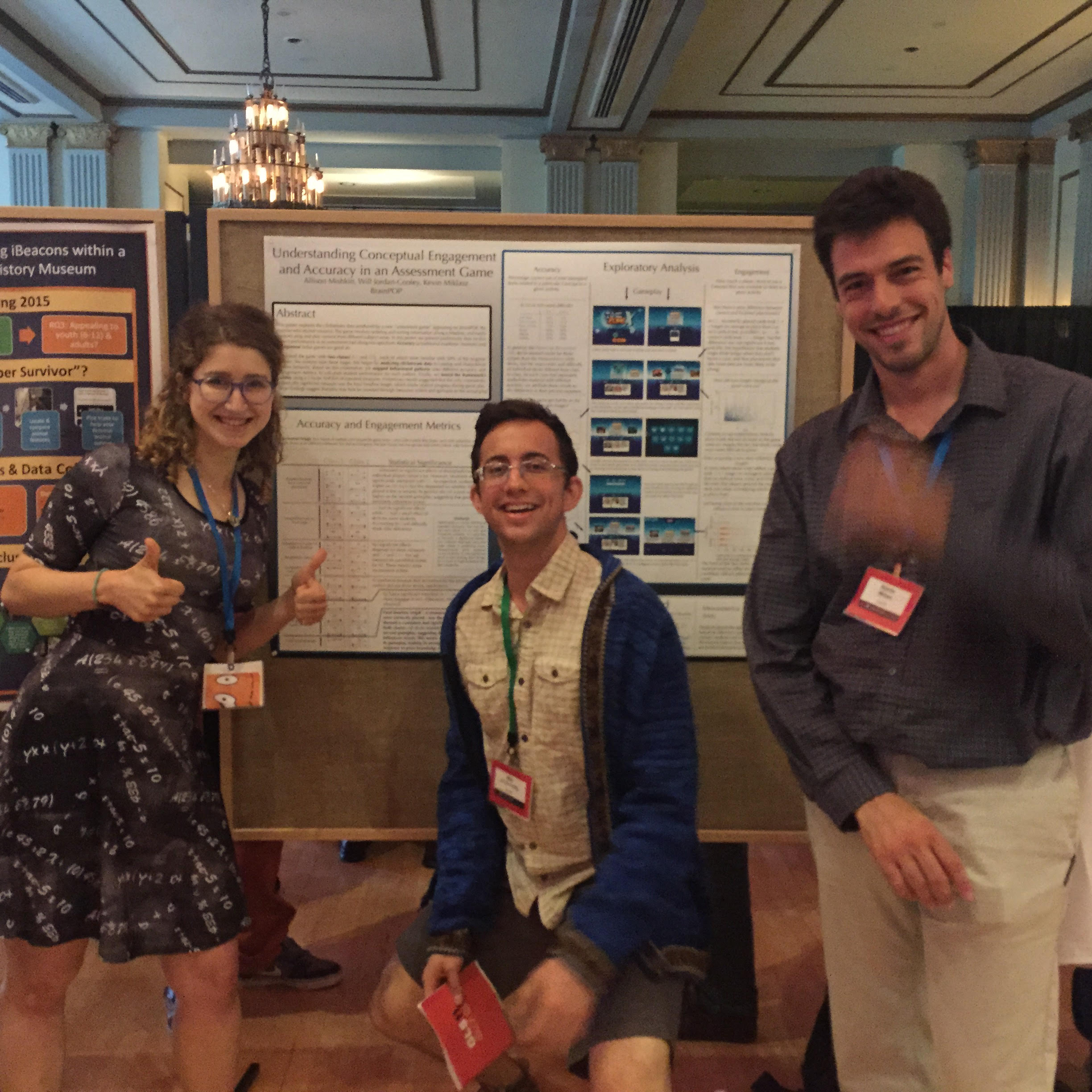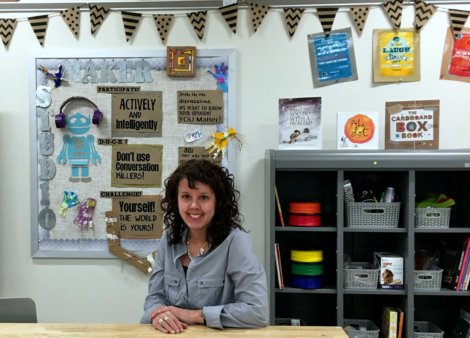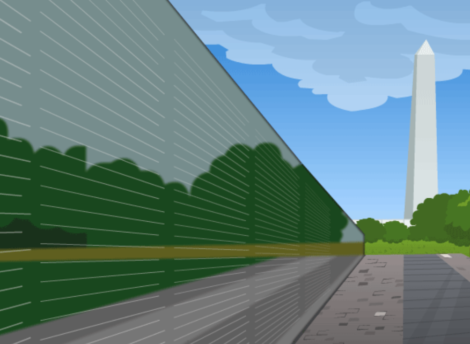
Learning With Games at #GLS11
Posted by SM Bruner on
BrainPOP staffer Allison Mishkin recently attended the GLS conference and is sharing the learning with us here on the blog today. Thanks, Allison!
The 11th annual Games+Learning+Society Conference brought together game designers, educators, researchers, funders, academics, cultural institutions, and everyone in between (…and yes..there are even more individuals interested in learning games.) This diverse collective sparked debate around issues facing games and learning and the future of this growing field.
Games and learning is a topic that has exploded in recent years and, fittingly, this was the first year games were turned away from the showcase. This year’s conference marked a key shift in its history — no longer was the event focused on the need to take games seriously. The industry has matured and instead the conversation was focused on the ecosystem surrounding learning games: data, diversity, and how to use games.
D is for Data
The cultural buzz around data (and big data) extended into this year’s conference. Games offer new opportunities to collect data on play habits and to assess student learning. Many panels tried to make sense of the troves of data being collected. Constance Steinkuehler argued that before we can make generalizations from data, we must contextualize in-game data collecting behaviors within a broader learning ecosystem. Her team uses a three-pronged approach to better contextualize data-patterns: observing play patterns, giving a pre/post test to formally assess learning, and recording all conversations that happen during game play. Given the costs associated with this endeavor, another option was offered in a poster presented by BrainPOP staff (myself included): analyze all possible metrics using A/B testing to determine which are statistically significant and meaningful to students.
Data conversations also pivoted from how to analyze data into how to use it. After all, what good is data if it can’t drive teaching and learning? During his fireside chat, Kurt Squire, director of Games+Learning+Society, emphasized this need but argued that the many questions about data sharing has lead to disparate solutions. These solutions were all on display. GlassLab presented ADAGE, their framework for identifying salient data and using that information to support teaching. They cited how the tool even helped museums decide when to interact with visitors. Meanwhile, GLS Showcase games like Splattershmup try visualizing data to help students understand their own progress, motivating implicit learning.
The many data-providing games and interfaces showcased all heeded Steinkuehler’s warning: Getting great data NEEDS to be secondary to the student experience…otherwise, you can’t get good data.

BrainPOPpers Allison Mishkin, Will Jordan-Cooley, and Kevin Miklasz
Diversity (the other D)
In the shadow of #Gamergate, diversity panels organized around two themes: 1) What is it like to be a woman in games? and 2) How can we attract underrepresented audiences to games?
Brenda Romero offered a thoughtful keynote around her experiences working in the industry at a time when offices had no female restrooms. While she lamented the sexism she encountered before and after #Gamegate, she ended on an uplifting note: her daughter wants to be just like Mommy and has had a much easier time. However, her daughter gets confused every time she encounters gendered toys, which, as a girl who likes building things, is very often.
Research insights and outreach strategies were shared to help diversify who plays and makes games. Rabindra Ratan discussed his finding that women perform better in games when they play male avatars. This comes from stereotype threat; in this case, that women aren’t good at games. He also expanded his research on avatar customization to caution that designers must think about the images they project when designing inclusive learning games.
Meanwhile, in her keynote, Nichole Pinkard discussed how the Digital Youth Network (a city-wide program in Chicago, IL) uses stories and narration to drive interest in STEM and make game creation feel relevant to girls’ lives. These and other diversity panels shared tips and tricks that designers and program directors can use to interest under-represented populations in STEM, but it was clear that work was not done.
Games in Context
The games showcased throughout the conference were of high production and educational quality. This prompted a shift in focus from how to make a learning game towards how to use a learning game.
To that end, many panels focused on how to situate learning games to optimize their outcome. Building on the Cooney Center’s research, researchers from EdGE at TERC explored how mediation supports transfer of knowledge from the game into the classroom. Unsurprisingly, they found that most students need human interaction to encourage learning, but some experienced marginal increases when the game was scaffolded and prompted learning moments.
Supporting that need for human interaction, Jessica Millstone hosted a panel on how teachers currently use games and strategies for game-based learning. She argued that teachers need to get involved in the game to better communicate learning outcomes and motivate the students. Not only should teachers ask questions about games, families should as well!
In an exciting fireside chat between Elisabeth Gee and Emily Haverton, the duo shared their experiences supporting families gaming together. Gee noted that she can empower moms that are intimidated by their childrens’ games by providing questions they can use to scaffold the experience, like “What are you doing there?” or “Why do you like that part?” She also cited how role-playing games, like the Sims, can be played by families to better understand one another.
These were just three of the many exciting findings around games in context, PD, and family use.
Given the caliber of the showcase games and research panels, great fun was had by all attendees. Taking advantage of Wisconsin’s natural charm, ice cream was provided throughout the conference, making for a legendary week in Madison!














